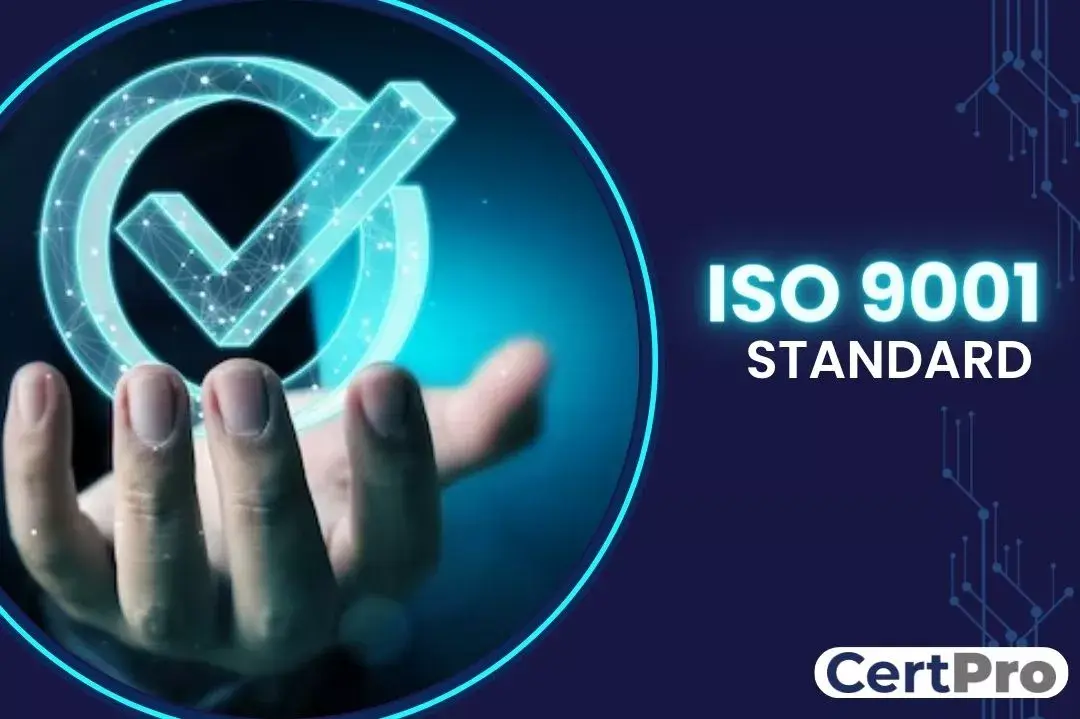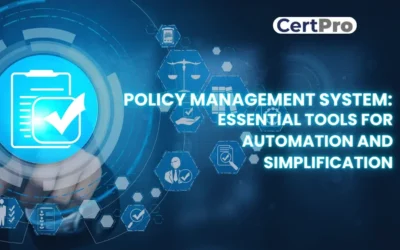ISO 9001 Requirements?
ISO has defined the system clearly when the standards were published. Every standard would have a family that includes the guidelines, requirements, certifiable standard etc. In order to understand the requirements of the ISO 9001 Certification, we need to understand the basic elements in this standard. There are two major elements that would be helpful for our readers to understand the system – Quality Principles and ISO 9001 Clauses.
ISO 9001 Principles or quality management principles?
These principles would help us to stay on track while the implementation of ISO 9001 Standards is taking place. These principles are embedded in the standards in the form of sub-clauses. The sub clauses have to be strictly followed in order to achieve these principles.
There are 7 Quality management principles and the same has been mentioned below:
- QMP 1 – Customer Focus
- QMP 2 – Leadership
- QMP 3 – Engagement of People
- QMP 4 – Process approach
- QMP 5 – Improvement
- QMP 6 – Evidence based decision making
- QMP 7 – Relationship Management
We now shall understand each principle and what they mean.
Principle 1 – Customer Focus
Customer is considered as one of the ‘interested parties’ in this standard and the analysis of the risks for the same has to be made. Customer needs and requirements have to be understood and achieved using the quality management system.
Principle 2 – Leadership
Leaders are the forerunners in this management system wherein they create a conducive environment to implement the standards and provide guidance to other employees whose engagement is also essential.
Principle 3 – Engagement of people
The management system demands the involvement of people at all levels of the workforce and the system must be implemented in such a way that all of them contribute towards it.
Principle 4 – Process Approach
Process Approach is a defined process to eliminate maximum risks and help the organization in providing consistent products or services to clients.
Principle 5 – Improvement
Renewing its objectives to help the organization to grow and also address new operational risks that would arise in due course of the organization’s activities.
Principle 6 – Evidence-based decision making
Any organization needs to document the incident and the actions taken in order to create effective solutions. We have to analyze the improvement points and other elements that would benefit the organization.
Principle 7 – Relationship Management
An organization must consider all the other external interested parties that contribute towards business and grow together. Hence relationship management is very crucial.
Now that we are aware on the principles of Quality Management, we would request you to kindly reach out to us at CertPro for efficiently assist you. Our experts at CertPro will guide you more on the different approaches we can take towards achieving the demands of the standard. ISO services are provided by CertPro with a professional touch and sufficient trainings are provided on all the principles of the standards during the implementation cycle.

ISO 9001 Clauses?
The ISO 9001 Clauses are framed using the Annex SL (now called as Annex L) risk-based thinking approach which has 10 main clauses that would provide the basic framework for various ISO Standards. Annex SL have 7 clauses that are very important and needs to be implemented in any organization.
Clause 1 – Scope
Clause 2 – Normative references
Clause 3 – Terms and definitions
Clause 4 – Context of the organization
Clause 5 – Leadership
Clause 6 – Planning
Clause 7 – Support
Clause 8 – Operation
Clause 9 – Performance Evaluation
Clause 10 – Improvement
Now we shall understand the demands of the clauses that are important during any implementation. The first three clauses are not important to be implemented but rather helpful to understand the whole standards. Experts go through rigorous training on these clauses and only then do they qualify as the lead auditors to perform auditing at an organization. The actual implementation starts from Clause 4 and we have tried to explain the interlinking between these principles and the clauses.
Clause 4 – Context of the organization
In this clause, the organization has to recognize the interested parties. Principles 4 & 2 are involved and this is a crucial stage to decide upon the number of processes and the leaders heading the implementation cycle.
Clause 5 – Leadership
The clause speaks clearly about the leadership that is required and also on the involvement of customer focus. Annex L. principles 1, 2 & 3 are involved in this clause.
Clause 6 – Planning
The clause is very crucial as it involves not only the principles but also the Deming cycle or PDCA cycle (https://en.wikipedia.org/wiki/PDCA). This clause speaks on the principles 2, 3, 4 and it is imperative that an organization implement it properly.
Clause 7 – Support
This clause is the backbone of the activities that need to be performed by each of the employees who need to contribute towards the implementation of the system. Principles 3 and 7 are very much involved in this clause.
Clause 8 – Operations
The Do and Check are part of this clause and principles 1, 5 & 7 are also involved.
Clause 9 – Performance Evaluation
The parameters that are based on the evidence obtained from monitoring and measuring activity is gauged in this clause. Principle 6 plays an important role to set the objectives and verification methods to evaluate.
Clause 10 – Improvement
Principle 6 plays an important role here. The PDCA cycle and any scope for improvement is decided here.

What did we learn?
We are now aware that ISO has a defined structure and the clauses and principles are explained above. CertPro itself has a systematic approach towards assisting the clients and our ISO services also includes ISO training which would boost the confidence amongst the employees contributing towards the implementation. CertPro specializes in ISO Trainings and ISO Certifications all over the globe. We have lead auditors who perform implementation at the customer premises with a vision on various other standards that can be integrated at latter stages using an ‘integrated management system’. ISO 9001 standards are easy to be achieved with proper assistance from CertPro. We are experts in the ISO Certification Consultant sector and we will make sure that you receive the best services in your ISO endeavors.
IT COMPLIANCE IN 2024: ESSENTIAL TRENDS AND BEST PRACTICES
IT compliance is essential for every organization to secure the integrity and accountability of data. The process also helps develop the business and enhance its profitability. In today’s digital era, IT compliance has more than just a regulatory checkbox. It plays a...
POLICY MANAGEMENT SYSTEM: ESSENTIAL TOOLS FOR AUTOMATION AND SIMPLIFICATION
Growing businesses indicates that you become a master in your field and accurately manage all business-related policies. However, managing company policies can be daunting significantly when your business expands. Here, an effective policy management system can help...
NAVIGATING DATA PRIVACY FRAMEWORKS: A COMPREHENSIVE GUIDE
Globalization has intense effects on business functioning and scaling. In today's digital world, companies are generating an unprecedented rate of data that requires protection from emerging cyber threats. In addition, recurring data breaches and privacy concerns make...




